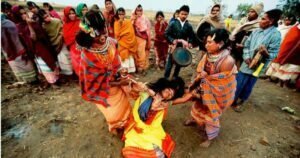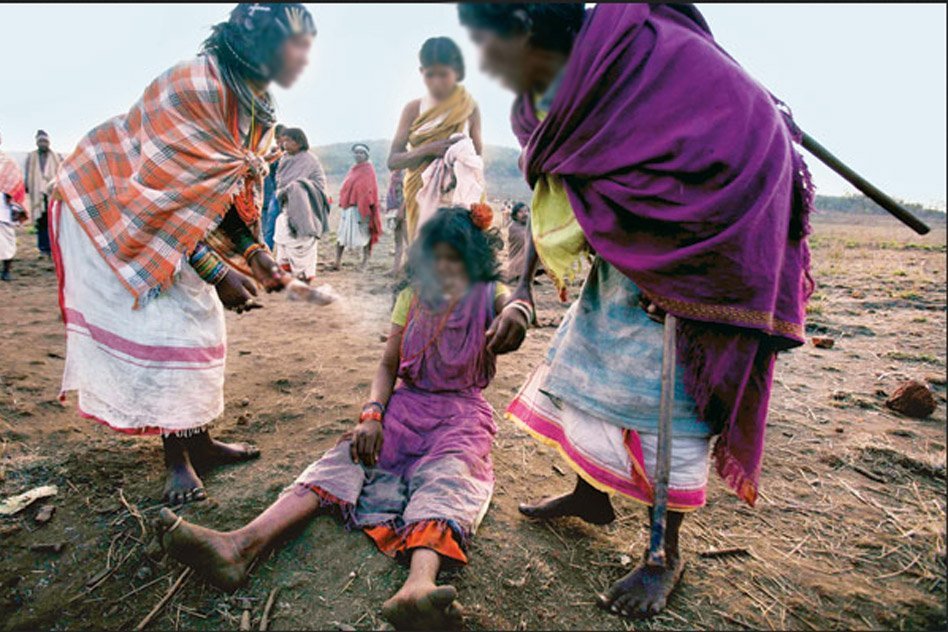Why Is Witch Hunting Still practices In Several Parts Of India?
Witch Hunting has plagued humans for a very long time. Even Jesus Christ’s life events make mention of it, indicating that the practice was widely used in the west as well. Superstition continues to hold a place in people’s lives and thinking even in this day of economic and intellectual development. Some people in India still have a lot of faith in Ojhas. Due to superstitious beliefs, witch-hunting is still carried out by individuals in several Indian states.
Between 1999 and 2013, 2391 murders or responsible homicides in India were the results of witch hunts, according to the National Crime Record Bureau (NCRB). With 400 fatalities in the previous 15 years, Andhra Pradesh, Jharkhand, and Odisha are among the most affected, according to NCRB.

The practice of Witch Hunting in India is not known to have a specific beginning date, although it is believed to have begun in the Morigaon District of Assam, widely known as “The Indian Capital of Black Magic,” a hundred years ago. In India, the practice is commonplace in remote rural areas, especially among the tribal populace.
The phrases “witchcraft” and “craft,” which both denote skill or aptitude, are derived from the word “wicce,” which meant witch.
Witchcraft is the practice of believing in magic, and those who practice it are referred to as witches or wizards. The midwives had previously been accused of witchcraft and forced to confess. The women who have been labeled as witches by the community are mistreated physically and verbally by the people, who call them names like Dayan, Dakan, and Tonahi. They are also pursued, exiled, flogged, and raped.
A witch-hunt, also known as witch purging, is a search for those who have been called “witches” or for proof of witchcraft. It frequently entails moral panic or widespread hysteria.
Madhu was reported missing after being pulled outside of the house in Madhu Munda v. the State of Bihar. When she was discovered eight days after the FIR was filed, she claimed that those individuals had thrown her into a ditch where she had been comatose. She regained consciousness and went to her brother’s place. Due to the witness’s faulty testimony, the accused was not found guilty.
In a different case, Tula Devi and others v. the State of Jharkhand, the plaintiff was mistreated and attacked by about ten armed individuals who visited her home early on 8/9/2003. They warned her to leave the property and had been referring to her as Dayan for the previous two years. Her husband attempted to save her, but he too was attacked. Moreover, a partition lawsuit was ongoing, and to exert pressure on them, the woman was branded a witch. Nonetheless, the absence of eyewitnesses led to the case’s dismissal.

Being called a witch is just as absurd as being assessed only by your appearance. In this day of scientific, economic, and intellectual advancement, the question of who has the right to name or criticize the other person remains. How is it legitimate to designate someone as socially inferior or undesirable in this day when we talk about women’s empowerment, gender equality, and feminism? Every year, thousands of women, men, and children are tortured to death, and the rise in these cases shows that, until people alter their thinking, the execution of laws and the activities of associated Organizations will not be sufficient. Every year, as these incidents rise, society becomes more and more backward.
Also, see
Are Private Schools And Colleges A Scam?
Follow us on Instagram – Here
